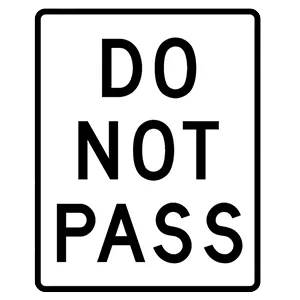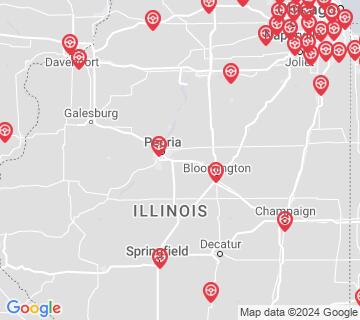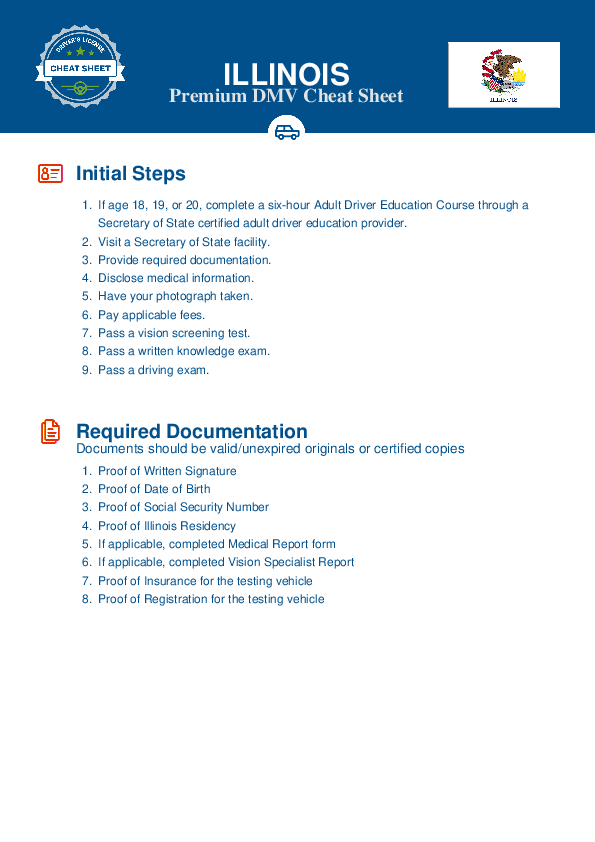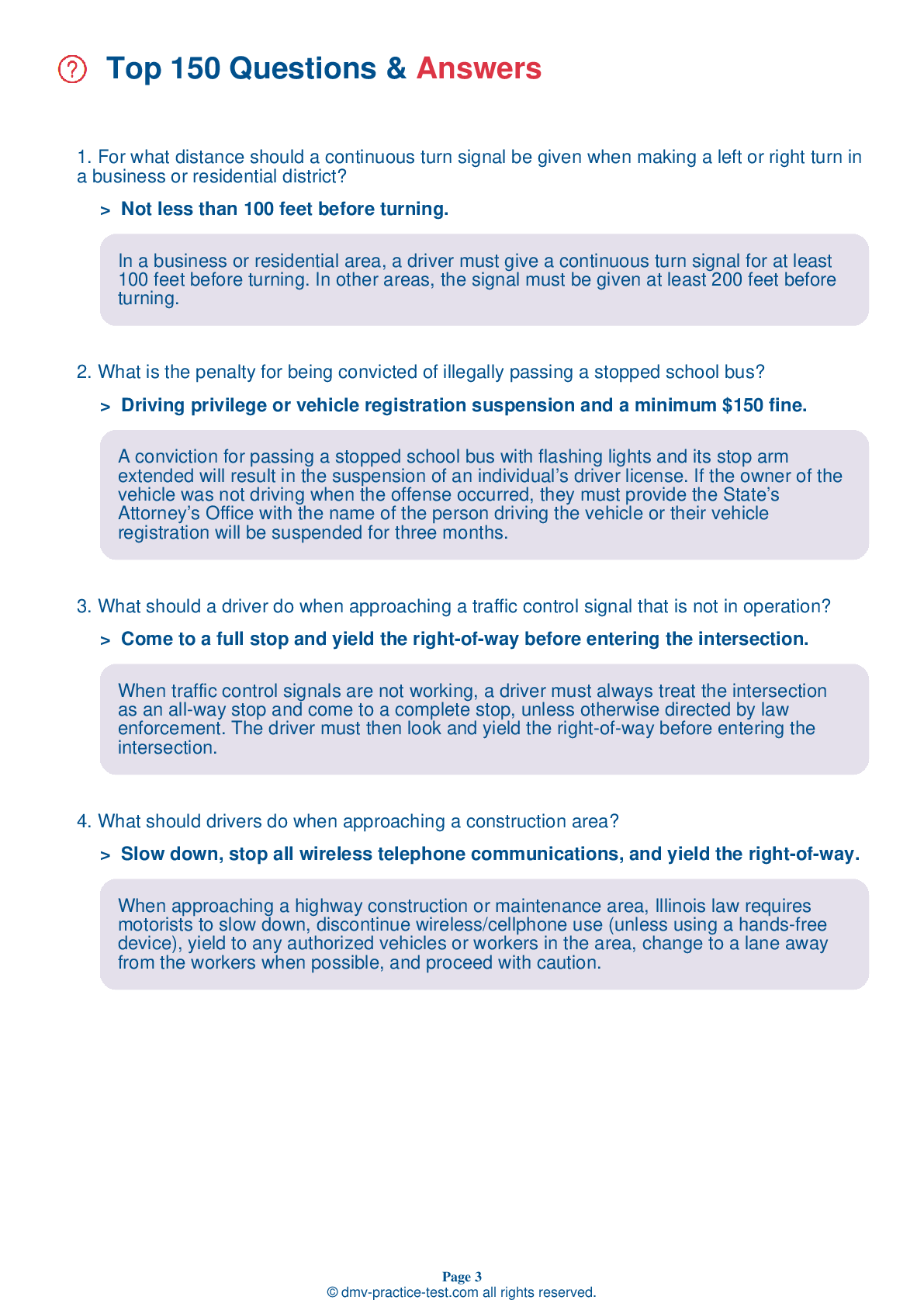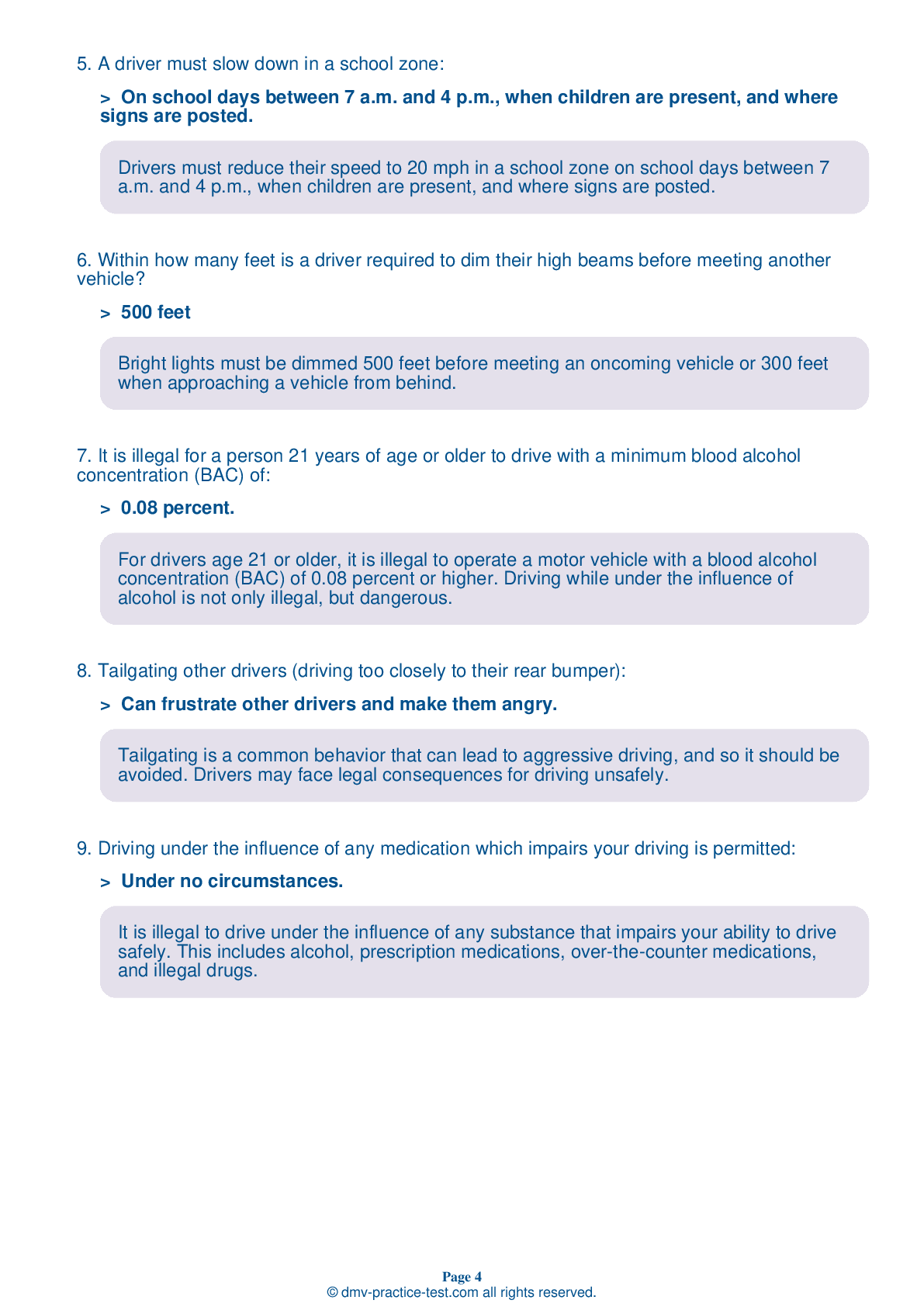FREE Illinois DMV Practice Test #8 Page 3 of 3
For January 2025, this set of Illinois DMV practise tests has been updated. It includes questions based on the most important traffic signs and rules for 2025 from the Illinois Driver Handbook. To study for the DMV driving permit test and driver's licence exam, use actual questions that are very similar (often identical!) to the DMV driving permit test and driver's licence exam.
Each question on the practise exam has a tip and explanation to help you recall the ideas. Questions about traffic rules, traffic signs, and driving statutes, as well as information from the Driver Handbook, will be included in the written portion of the official DMV test.
You must properly answer 38 of the 35 questions to receive a passing mark. To help you prepare for your Illinois instruction permit or driver's licence, take our DMV practise test.
The DMV exam is offered in a variety of languages.
Using any form of testing help will result in an automatic fail, and the DMV may take further action against your driver's licence, so avoid it.
25 . A broken yellow line beside a solid yellow line indicates that:
A broken yellow line alongside a solid yellow line means that traffic in the lane next to the broken line may cross the line to pass, while traffic in the lane next to the solid line may not.
26 . This sign means:
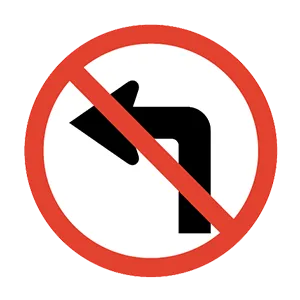
This sign means drivers cannot make a left turn. It is unsafe and unlawful to make a left turn at an intersection where this sign is posted.
27 . Headlights must be lighted from sunset to sunrise.
Headlights must be turned on from sunset to sunrise.
28 . Only vehicles displaying special plates or parking placards for persons with disabilities may park in spaces reserved for them by an official sign.
A parking space marked by a "Reserved Parking for Persons with Disabilities" sign may only be used by vehicles that display Persons with Disabilities license plates, Disabled Veteran license plates, and/or disabled parking placards.
29 . This sign means:
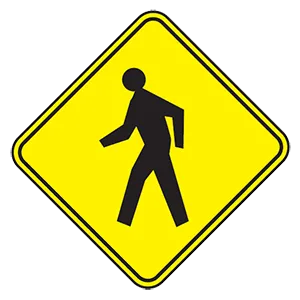
This sign marks the presence of a crosswalk. Be alert to any pedestrians that may be crossing the roadway.
30 . This yellow warning sign means:

This sign is placed on roads near schools to warn drivers to slow down, drive with caution, and watch for children.
31 . This road sign means:
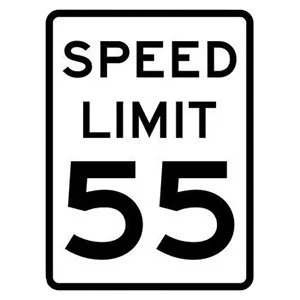
Regulatory signs provide notice to road users of traffic laws that must be obeyed. This particular sign tells you the maximum speed limit for the stretch of highway where it is posted. You may drive more slowly than the posted speed limit, based on road conditions, but it is illegal to drive any faster than the posted speed limit.
32 . Drivers may pass on a two-lane roadway marked with a single solid yellow line on their side of the centerline.
When there is a solid and a broken yellow line separating two lanes of traffic moving in opposite directions, a driver may pass only when the broken yellow line is nearest to the driver’s lane.
33 . If you are being passed in a no passing zone, you should:
Passing areas are based on how far ahead drivers can see. Allow the passing vehicle to re-enter the drive lane as easily as possible to help everyone avoid potential upcoming hazards.
34 . After being pulled over by law enforcement, a driver should immediately exit the vehicle and quickly approach the officer’s squad car.
If stopped by law enforcement, you should stay in your vehicle with both hands clearly in sight on the steering wheel.
35 . This white sign means you should not pass other vehicles:
